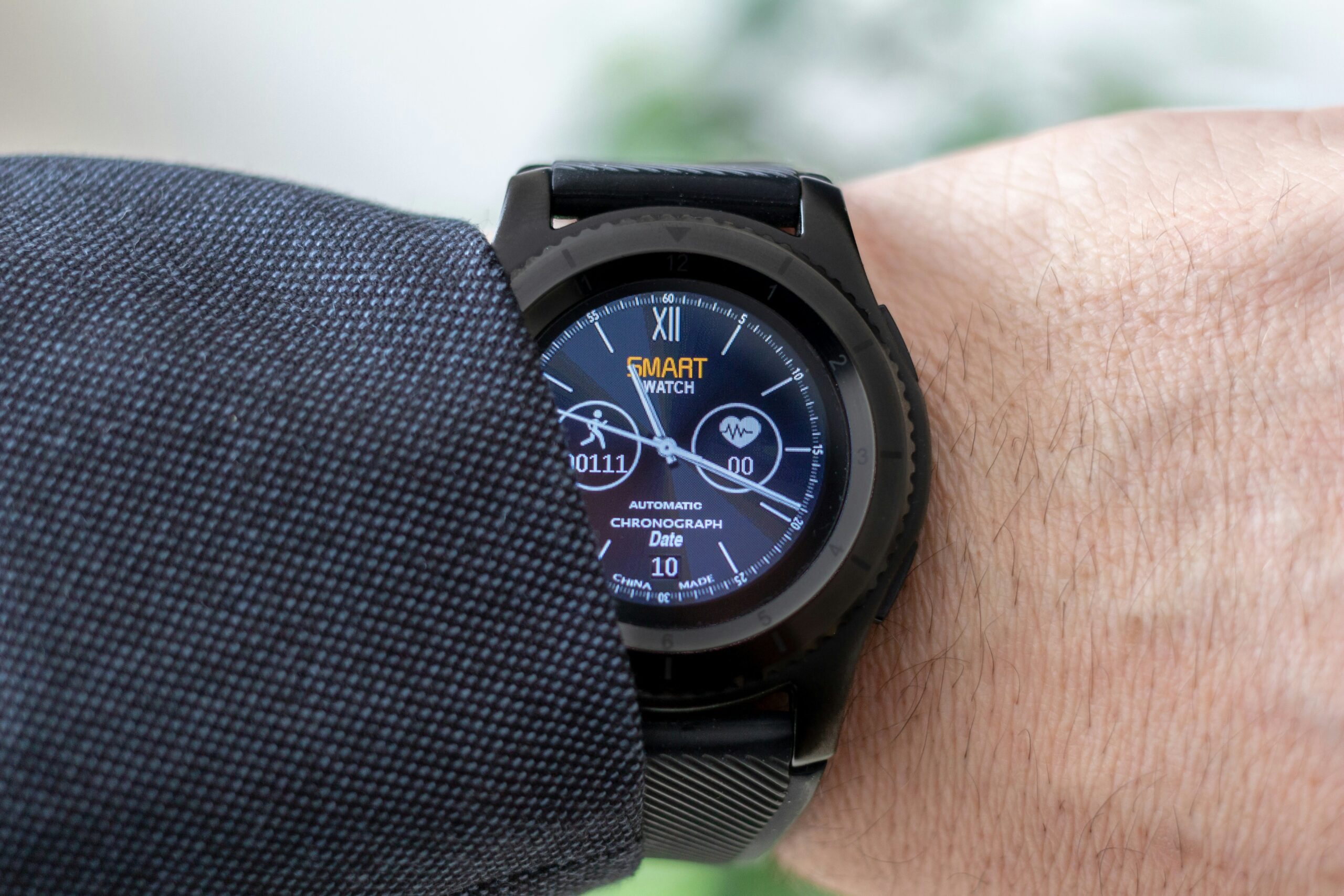At their core, watches are for telling time, but they’re also symbols of style, craftsmanship and personal expression.
However, in recent years, the rise of smartwatches has shaken up the world of traditional horology. With features that track your health, connect you to your phone and even help you make payments, these devices are winning wrists worldwide.
So, is this the beginning of the end for classic timepieces? Or is there room for both tradition and technology?
The Rise of Smartwatches
Where smartwatches were once simple digital timepieces, today they’re multifunctional devices.
The Hamilton Pulsar was the first digital watch to be introduced in 1972. Seiko and Timex soon followed suit.
It was in 2000 when digital watches were launched with smart features for the first time – the IBM WatchPad leading the charge.
Since then, the smartwatch sector has grown in leaps and bounds and is projected to grow to $105.20 billion by 2032.
With this in mind, let’s look at what this means for traditional watches.
The Enduring Appeal of Traditional Timepieces
Despite the rise of smartwatches, traditional watches still hold a timeless appeal that transcends functionality.
A finely crafted mechanical or quartz watch is more than just a device for telling time. Luxury brands such as Rolex, Omega and Patek Philippe have built legacies on precision engineering and artistry, creating watches that are often considered heirlooms, status symbols or investment pieces.
The delicate ticking of a watch’s movement and the attention to detail in its design create an emotional and sensory experience that smartwatches simply can’t replicate.
What’s more, while smartwatches often become obsolete within a few years due to software updates and new models, a well-made mechanical or quartz watch can last for generations with proper care.
For many, wearing a traditional watch is not about accessing notifications or tracking fitness goals, it’s about connecting to history, celebrating craftsmanship and expressing personal taste.
Market Trends: Is There a Clash?
When we look at the watch market, we can definitely see a noticeable shift.
In order to stay relevant, classic watch makers are placing a stronger focus on best-selling, timeless models. They’re also making adjustments to designs to fit in with current trends such as incorporating jewelry aesthetics into watches.
With that being said, many watchmakers are facing export declines, which is naturally having an impact on business.
This is not to say that the smartwatch sector is faring much better though. The global smartwatch market experienced its first-ever decline in 2024, with a 7% drop in shipments. China is one of the few countries that is still seeing growth in this space with brands like Huawei and Xiaomi.
These trends indicate that while smartwatches are facing market saturation challenges, traditional watches are leveraging heritage and design innovations to sustain their market presence., so traditional watches are certainly not out of the game yet.
The Future of Traditional vs. Smartwatches
The future of traditional watches and smartwatches is unlikely to be a winner-takes-all scenario.
Instead, the two are carving out distinct but complementary roles. Smartwatches will continue to thrive among consumers seeking multifunctional devices that integrate health tracking, connectivity and convenience into daily life.
Meanwhile, traditional watches will remain desirable for their craftsmanship, heritage and emotional value, especially among collectors and those who view a watch as a personal statement rather than just a tool.
We are also seeing the rise of hybrid models, which are timepieces that blend classic analogue designs with subtle smart features. This suggests that the lines between these two categories may blur rather than be in direct competition.
If you are a fan or collector of traditional timepieces, contact Martins of Glasgow to find out more about our current collections.
